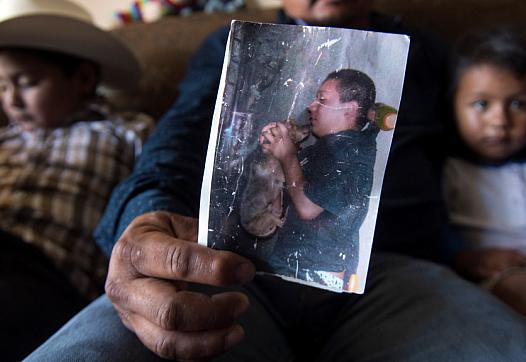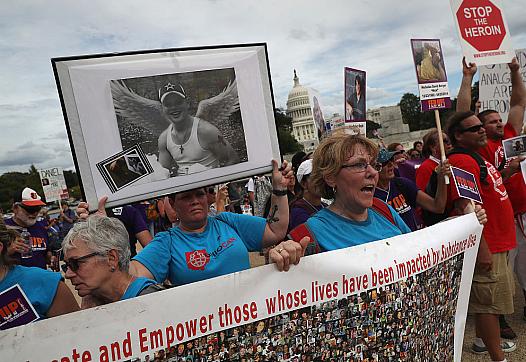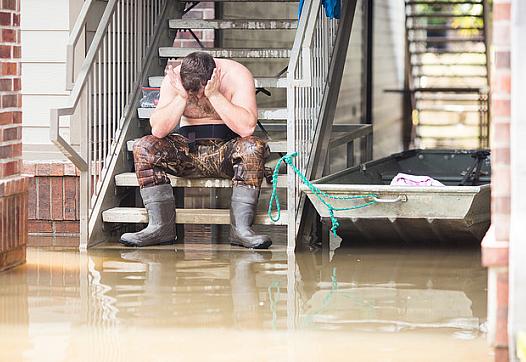![[Photo by Ian D. Keating via Flickr.]](/sites/default/files/styles/teaser_list_thumbnail_large/public/title_images/photo_204.jpg?itok=WLo-KiH7)
California spends an estimated $4 to $5 billion a year on mental health services for children and teens. Our goal is to find out whether access to mental health care is equitable across the state, as required by law.
![[Photo by Ian D. Keating via Flickr.]](/sites/default/files/styles/teaser_list_thumbnail_large/public/title_images/photo_204.jpg?itok=WLo-KiH7)
California spends an estimated $4 to $5 billion a year on mental health services for children and teens. Our goal is to find out whether access to mental health care is equitable across the state, as required by law.

The headlines generated by Angel Secundino's killing faded quickly. But his death links four generations still struggling with the regrets, emotional wreckage and fear that come when loved ones become immersed in the gang lifestyle.

Dulce Castro, an 18-year-old DACA beneficiary, used to sleep eight hours a night, but since Trump announced he was ending the program on Sept. 5, she's been lucky if she gets four hours of uninterrupted rest.

The simple act of putting the emphasis on the person and not on their health problem – be it a drug use disorder or something else – will have an impact on how you view the sources of your stories and how the story connects with your audience.

A new facility will offer medical and dental services targeting those with mental-health and addiction issues -- the first of its kind in Santa Barbara and the only one between Los Angeles and San Francisco.

Drug use, misuse and addiction are so embedded in our popular culture that we have grown accustomed to seeing, hearing or reading about every permutation of the experience.

Stress is a powerful force. It can help us survive, but in some cases, lead to a lifetime of medical issues. A kid can only endure so many stressful traumatic experiences before it impacts his health.

Once again, Congress is considering a bill that would repeal the Affordable Care Act (ACA) and make major cuts to Medicaid. Next week, the Senate may vote on this latest repeal effort, led by Senators Lindsey Graham of South Carolina and Bill Cassidy of Louisiana.

Houstonians may experience a public health crisis many orders of magnitude worse than the aftermath of other major storms.

Program participants at a drum and dance class speak about what wellness means to them and how culture is part of their efforts to decrease stress, engage in their community and maintain sobriety.